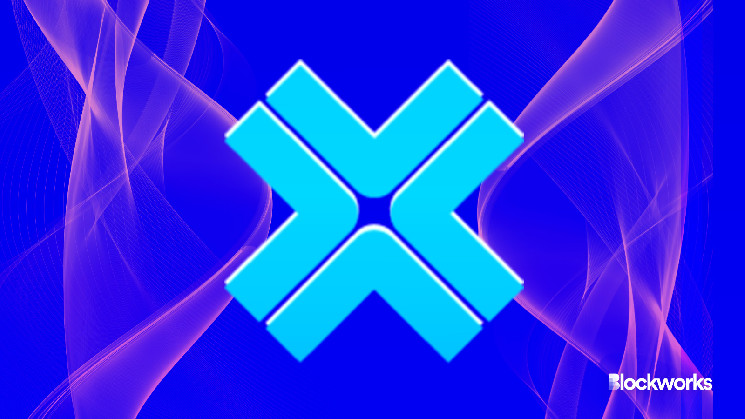Ethereum’s modular scaling roadmap has clear benefits in faster and cheaper transactions, using technology like rollups for execution and dedicated data availability providers.
In practice today, however, this comes at the steep cost of fragmentation in user experience.
This fragmentation is particularly evident on chains that are either too new or too small to have dedicated connections to crypto exchanges or other onramps. Moving funds first to, say, Arbitrum and then to Manta Pacific requires the use of a bridge like Rhino.Fi, which aside from additional steps, introduces a requirement to trust a new central counterparty, if only briefly.
The other alternative is to use native bridges back to Ethereum mainnet, which can be slow and costly.
So, while it is now easy to deploy new chains, tapping into the users and liquidity elsewhere — chiefly Ethereum mainnet and other major EVM-chains — remains a source of friction and risk.
But it won’t always be so.
Celestia’s Rollkit was the first sovereign rollup framework to radically simplify the launch of new chains using Celestia for DA. That’s for a category of rollups known as optimiums or validiums — optimistic or validity proof-based rollups that use offchain DA.
Read more: So your layer-2 is ‘secured by Ethereum’ — what does that mean?
However, you can also build a chain directly on Celestia, which presents additional challenges, according to Axelar co-founder Georgios Vlachos.
“If you’re building directly on Celestia, then it’s impossible for a user to even onboard from Ethereum,” Vlachos told Blockworks. “Axelar will allow users to move their assets to the chain — a boring use case, but it’s impossible to use the chain without functionality like this.”
Rollkit is about to get a boost from Axelar’s Interchain Amplifier, which automates token routing across all Axelar-connected chains — more than 60 and growing.
Axelar is not the only solution for cross-chain interoperability, but compared to many bridges, it’s more secure due to its decentralization with a permissionless validator set of 75 operators.
Individual cryptographic private keys are frequently compromised, resulting in millions of dollars in losses, including many incidents involving bridges. In Axelar’s case, “it’s very hard for an attacker to actually steal funds because they would have to steal a majority of the [75] keys,” Vlachos said.
Its hub-and-spoke architecture is a boon for new chains spun up using Rollkit because they will immediately be connected to all other chains in the network. That’s possible because Axelar is itself a smart contract blockchain with its own virtual machine.
A new chain will typically lack native assets, so accessing liquidity, including stablecoins, from elsewhere is critically important.
“Circle doesn’t launch on a new chain day one,” Vlachos noted. “They have something like 10 chains today, but new rollups will need stablecoins [on] day one.”
USDC is natively issued on 16 chains, but only eight of those have available routes via its CCTP mint and burn system.
On the asset issuance side, Axelar’s Interchain Amplifier will also support its Interchain Token Service (ITS), a cross-chain application built on top of the Amplifier layer that lets anyone create a cross-chain version of any token connected to Axelar.
Read more: Tokens are going multichain, and it’s getting easier
“As an industry, we need to standardize some of those things,” Vlachos added. “Unfortunately, every chain ends up doing their own thing.”
That shortcoming extends to wallet providers, which have thus far tended to specialize within a certain ecosystem. He points to XDEFI as a multichain wallet example. Phantom, which started on Solana, is another wallet that has lately been making a push to support other ecosystems.
“Axelar provides the technology to abstract away the chains, but we need the wallet developers to integrate the technology in the long run and make the same wallet available on many different chains,” Vlachos said.
Lido has made progress in terms of token standardization, working with both Axelar and Wormhole to establish a canonical version of stETH across many chains.
Vlachos is keeping his eye on the prize: a future in which users can focus on applications and assets, not on the backend wizardry facilitating their desired action.
“The idea is that any application that today is siloed on a single chain — be it decentralized exchange, a money market, an NFT marketplace — a developer should be able to build the same user experiences spanning different chains.”
Read the full article here

